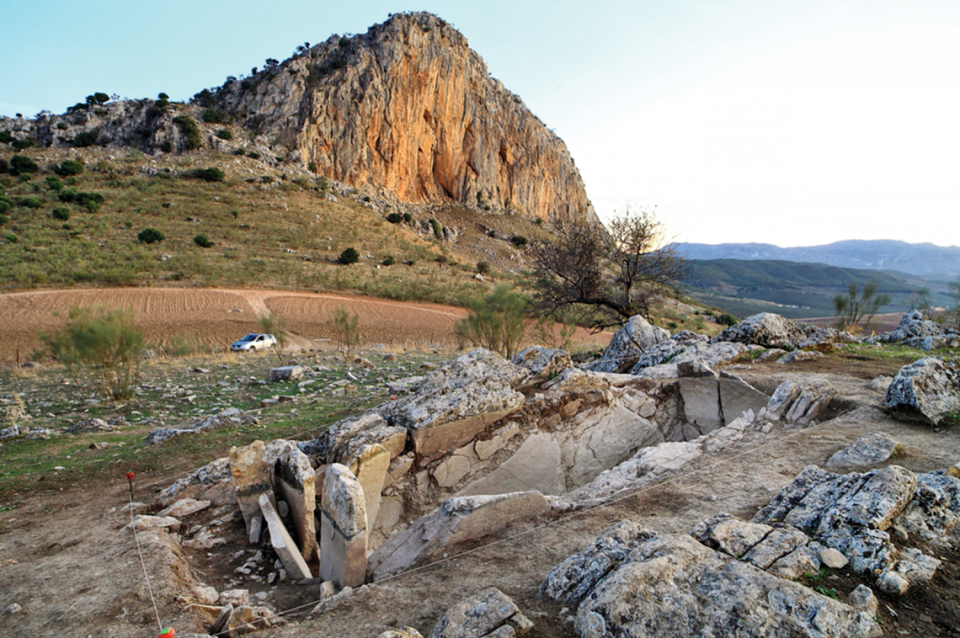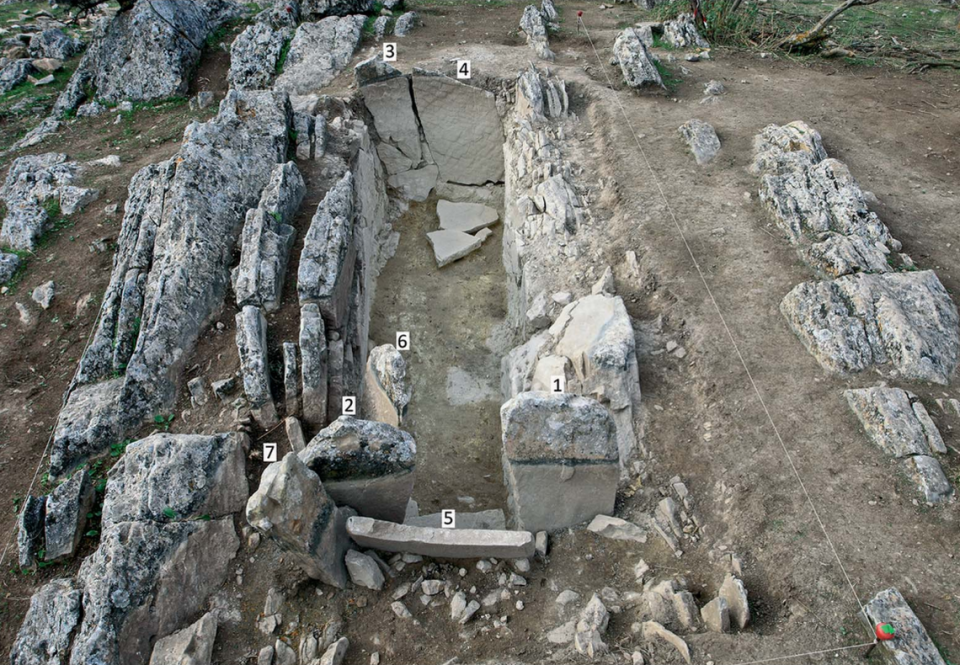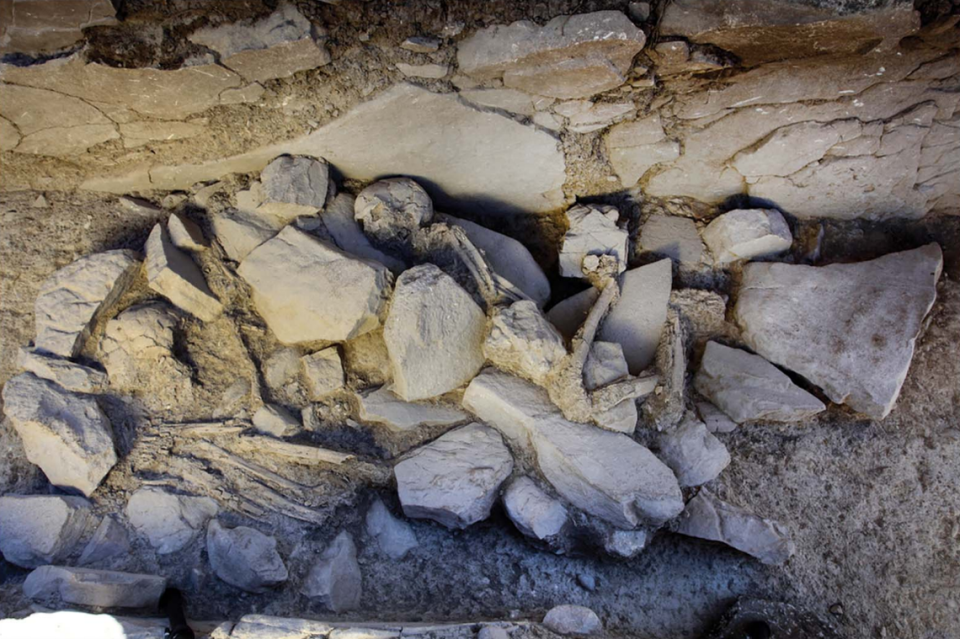Ancient stone monument in Spain hid a 5,000-year-old secret — until now. Check it out
Dominating the landscape, a massive rock structure seems to rise from the ground in southern Spain. The natural formation looks almost human, the profile of a face staring toward the sky and the start of a torso.
Welcome to Antequera. The beauty of the landscape doesn’t seem to have faded in the 6,000 years since people began admiring it.
The Antequera site has a mixture of human-made and “natural monuments” but is best known for its prehistoric megaliths, according to a study published April 15 in the journal Antiquity.
The human-made monuments include three stone structures built between the third and fourth millennium B.C. Antequera is an UNESCO world heritage site because of these megalithic constructions, the study said.
The “natural monuments” at the site include La Peña de los Enamorados, a stone “sleeping giant” that towers about 2,900 feet above the ground, researchers said.
But this ancient monument site hid a secret — until now.
Archaeologists unearthed a previously overlooked tomb: the Piedras Blancas megalithic grave. When seen from afar, the tomb “resembles the chest of the ‘sleeping giant,’” researchers said.

The rectangular stone structure was constructed at least 5,000 years ago, the study said. It was used for three distinct phases across a millennia before being abandoned between 1950 and 1180 B.C.
The tomb’s stone slabs were carefully arranged to coincide “with the summer solstice sunrise,” researchers said. Some of the “heavily engraved” slabs “appear to have been precisely placed to ‘funnel’ the light from the rising sun towards the back of the chamber at the summer solstice.”
A triangular, “arrow-like” stone stuck to the chamber floor with mud points in the direction of the rising sun, the study said.

Initially, the tomb had a stone platform where decaying bodies were likely placed, researchers said. These bodies were eventually pushed off the platform into a space behind where archaeologists found 40 teeth and 95 bones. Offerings in the form of ceramic vessels were also left at the tomb.
Around 2500 B.C, the Piedras Blancas tomb was renovated and niches were added for two burials, the study said. Researchers believe these burials were high-status individuals, likely a man and woman. It’s unclear whether they were buried simultaneously or over the span of a century.

Sometime later, the tomb “underwent another significant transformation,” researchers said. Stones were added “as if to block or seal” the entrance and the bones of at least two children and three women were placed at the site.
The tomb was abandoned and remained untouched ever since, the study said.
“The discovery of a new megalithic monument at La Peña de los Enamorados considerably expands our understanding of the Antequera World Heritage site,” researchers said. “Antequera illustrates the power by which nature presided over the Neolithic worldview, inspiring and guiding the creation of monuments.”
The Antequera site is about 285 miles southwest of Madrid.
Someone buried treasure 1,700 years ago and vanished. Metal detectorist just found it
Hunt for leftover World War II explosives leads to something several millennia older
Indus valley civilization disappeared 3,600 years ago — we finally know why, study says

